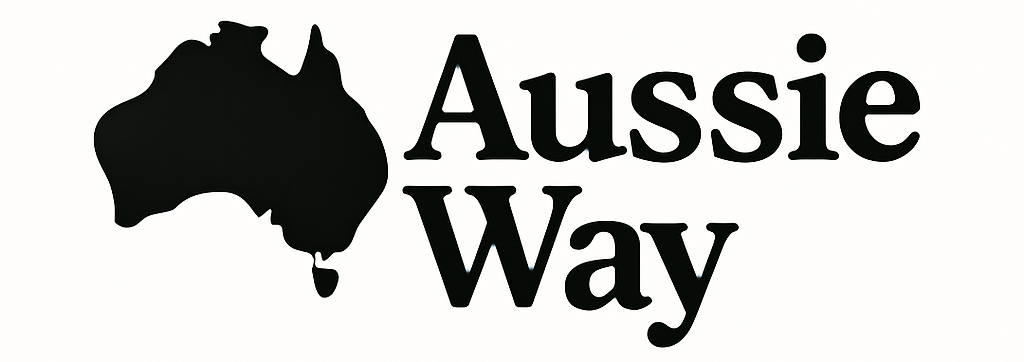With their beaming smiles, curious nature, and selfie-worthy faces, quokkas have stolen the hearts of travelers around the world. Often dubbed “the world’s happiest animal”, these pint-sized marsupials are a must-see for wildlife lovers visiting Western Australia.
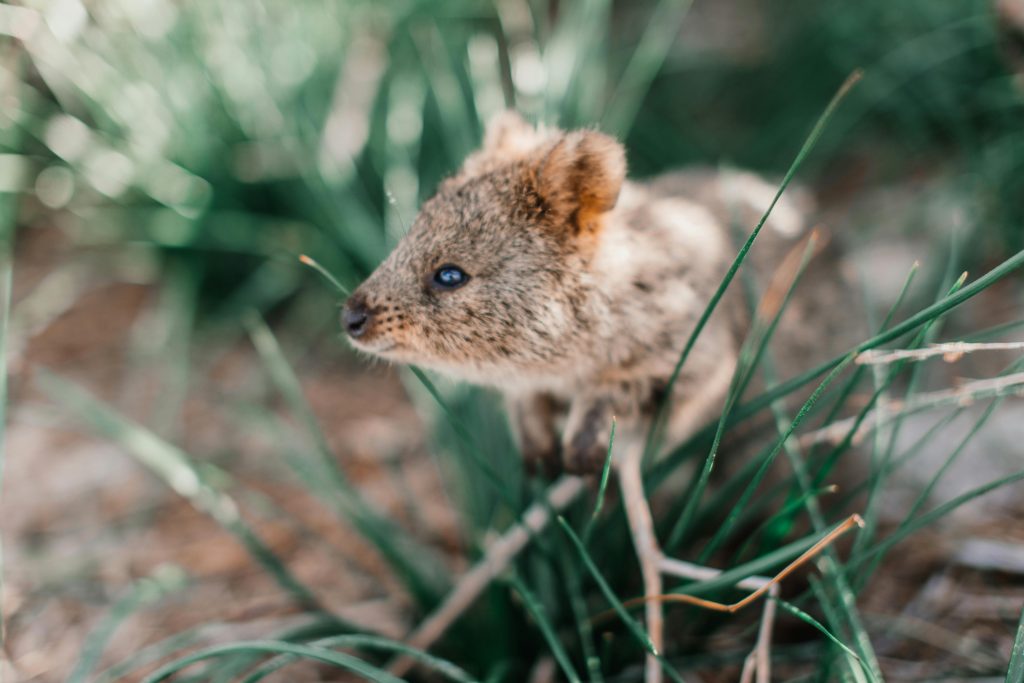
Found primarily on Rottnest Island, the quokka has become something of a social media sensation—but there’s so much more to these adorable creatures than their cute faces. In this guide, we’ll introduce you to the quokka, explore its unique behaviours and habitat, and provide important tips on how to see them responsibly and ethically.
What is a Quokka?
The quokka (Setonix brachyurus) is a small, herbivorous marsupial belonging to the same family as kangaroos and wallabies. Native to Western Australia, quokkas are nocturnal but can often be seen during the day—especially on Rottnest Island, where they’ve grown comfortable with human presence.
Quick Quokka Facts:
- Size: About 40–54 cm long, plus a short tail
- Weight: Around 2.5–5 kg
- Lifespan: Up to 10 years in the wild
- Status: Vulnerable (due to habitat loss and predators on the mainland)
Why Are Quokkas Known as the World’s Happiest Animal?
The nickname “world’s happiest animal” comes from their perpetually smiling facial expression, caused by the structure of their mouth and face. But it’s not just their smile that’s infectious—it’s their friendly and curious behavior.
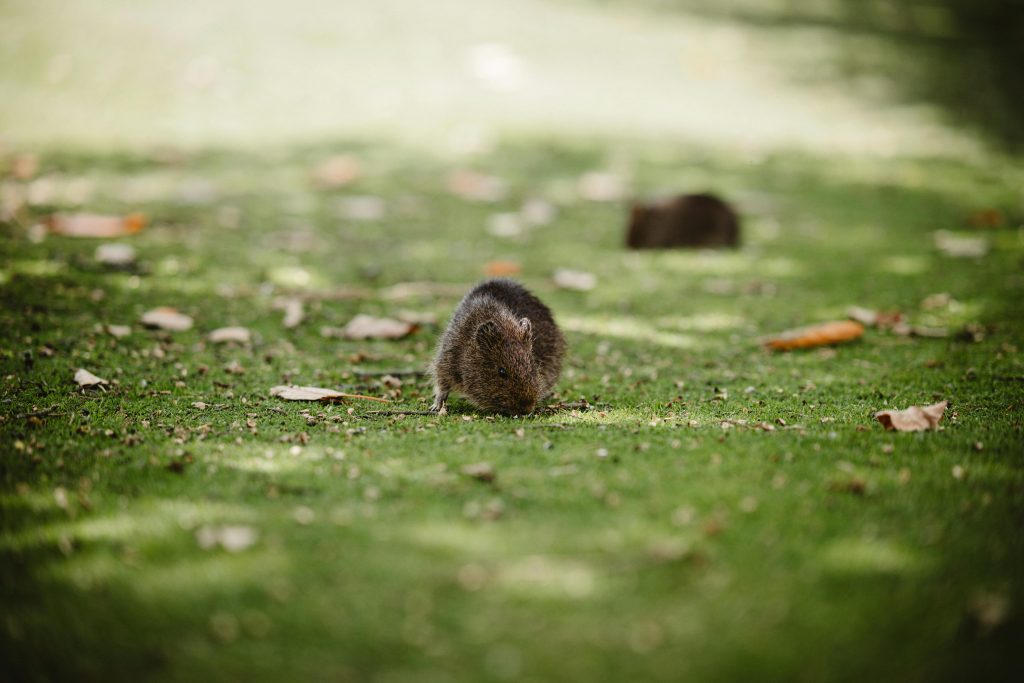
Quokkas will often hop right up to visitors, sniffing shoes, bags, or cameras without hesitation. Their lack of fear on Rottnest Island makes them seem even more cheerful and social.
📸 Fun Fact: The trend of taking “quokka selfies” exploded after celebrities like Chris Hemsworth and Roger Federer posted their encounters on social media.
Where Can You See Quokkas in Australia?
While they used to roam more widely across the mainland, quokkas are now mostly found on a few offshore islands and small mainland reserves. The best and most accessible place to see them is:
🏝️ Rottnest Island
Located just 19 km off the coast of Perth, Rottnest (or “Rotto” to locals) is home to 10,000+ quokkas. They’re so plentiful that you’ll likely see several within minutes of arriving.
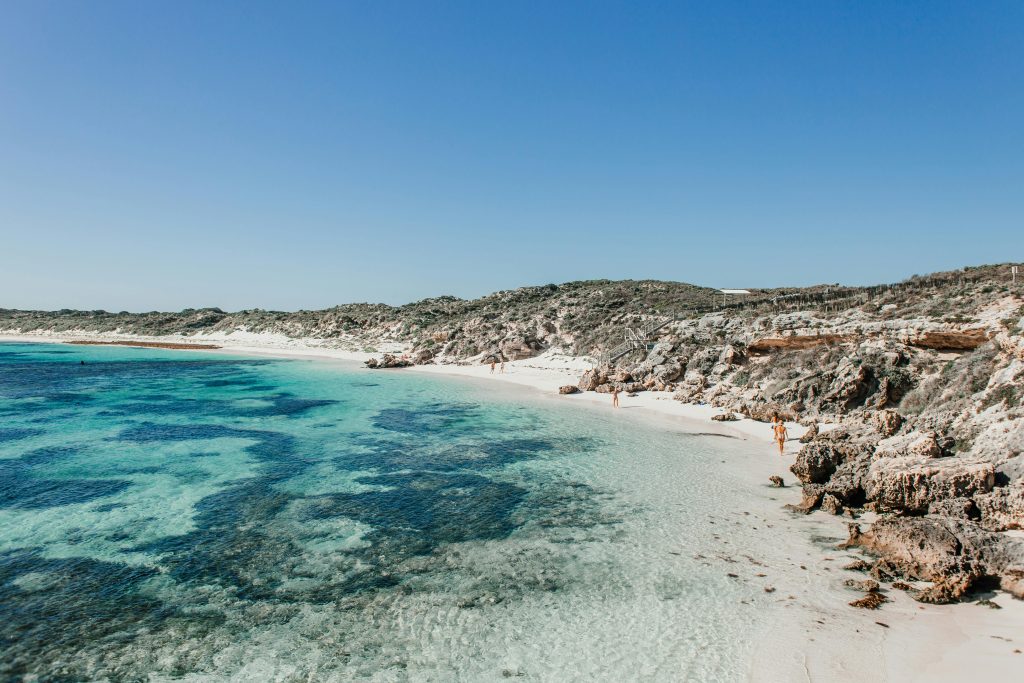
You can also spot quokkas in:
- Bald Island, near Albany
- Two Peoples Bay Nature Reserve
- Select fenced sanctuaries on the WA mainland
🚲 Tip: Rottnest is a car-free island—rent a bike to explore the island and spot quokkas along the way.
Responsible Quokka Watching: Do’s and Don’ts
Despite their friendly appearance, quokkas are still wild animals. It’s important to treat them with respect and follow responsible tourism practices to ensure their safety—and yours.
✅ Do:
- Observe them quietly and from a safe distance
- Let them approach you (if they choose)
- Take photos without flash
- Wash hands before/after interaction (to avoid spreading disease)
- Follow island and park rules
❌ Don’t:
- Touch or pick up a quokka (it’s illegal on Rottnest Island)
- Feed them (human food makes them sick)
- Chase, corner, or crowd them
- Use selfie sticks close to their faces
- Litter or disturb their habitat
🐾 Reminder: Fines of up to $500 apply for disturbing or handling quokkas on Rottnest Island.
When Is the Best Time to See Quokkas?
Quokkas are technically nocturnal, but on Rottnest Island, they’ve adapted to human presence and can often be seen during the day—especially in the early morning or late afternoon.

Seasonal Tips:
- Spring (Sept–Nov): Best for seeing joeys (baby quokkas) emerging from pouches.
- Summer (Dec–Feb): Very active, but be mindful of the heat.
- Autumn/Winter: Still visible, though a bit less active during colder months.
🍼 Bonus Fact: Female quokkas give birth to one joey per year, and like kangaroos, they carry them in a pouch.
Other Things to Do on Rottnest Island
Quokkas are the star attraction, but Rottnest Island offers a lot more to explore:
- Snorkel in coral-filled bays like The Basin and Parker Point
- Swim or surf at pristine beaches
- Cycle scenic trails with stunning ocean views
- Visit Wadjemup Lighthouse and historic sites
- Enjoy a pub lunch at Hotel Rottnest or one of the island cafes
🛳️ How to Get There: Ferries to Rottnest depart regularly from Fremantle, Hillarys, or Perth city.
Conservation and Quokka Protection
Though quokkas thrive on Rottnest, they’re classified as vulnerable on the mainland due to:
- Habitat destruction (clearing of native bushland)
- Predators (foxes, cats, dogs)
- Bushfires and climate change
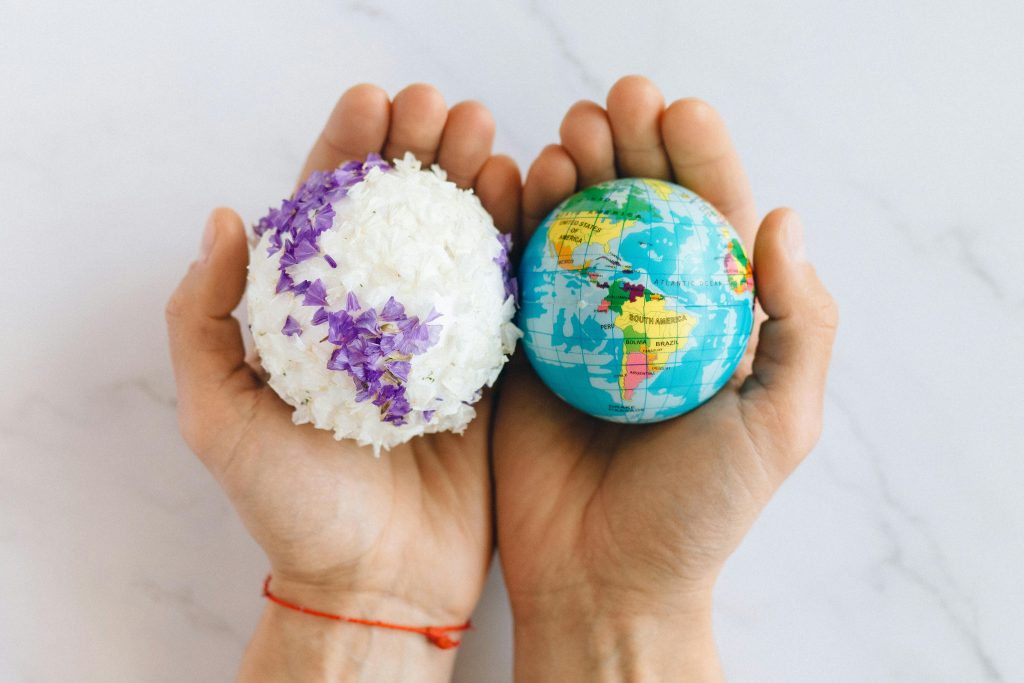
Organisations like the Rottnest Island Authority and WA Department of Biodiversity are working to protect quokka populations through habitat restoration, predator control, and public education.
🌿 What You Can Do: Support eco-tourism operators, follow ethical travel practices, and donate to wildlife charities helping protect Australia’s native species.
Conclusion: Smile With a Quokka—But Respect Their Home
Meeting a quokka is a uniquely Australian experience—charming, unforgettable, and truly smile-inducing. But behind every adorable selfie is a species that needs respect, care, and protection.
So when you visit Rottnest Island or any quokka habitat, take the time to appreciate them not just for their cuteness, but for the vital role they play in Australia’s wildlife story.
Remember: a responsible encounter ensures that these smiling marsupials can keep brightening lives for generations to come.
